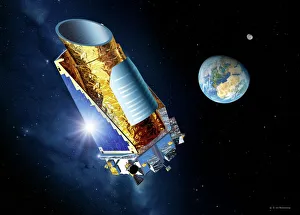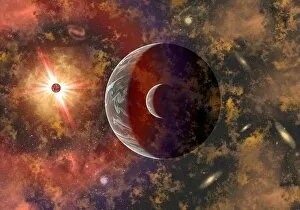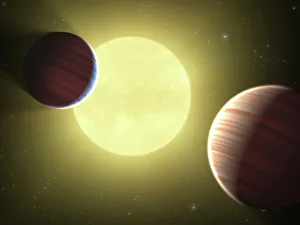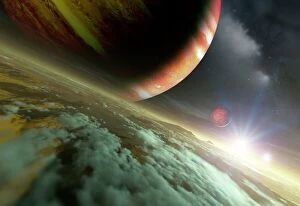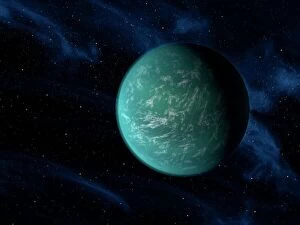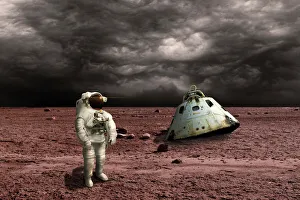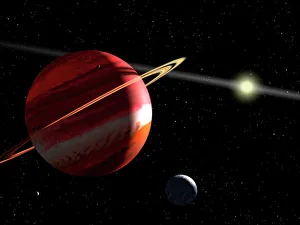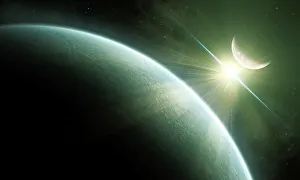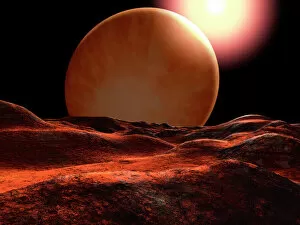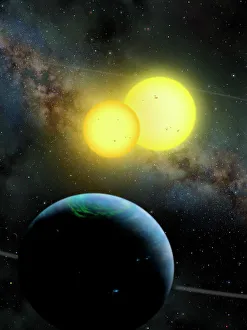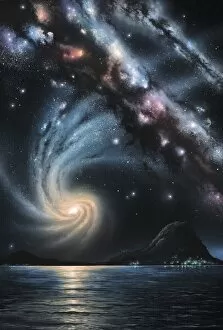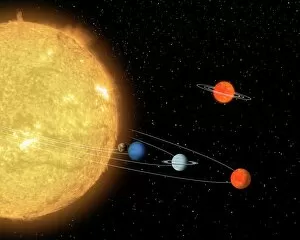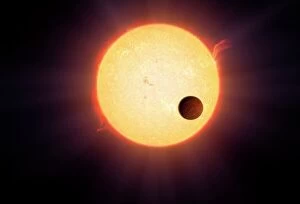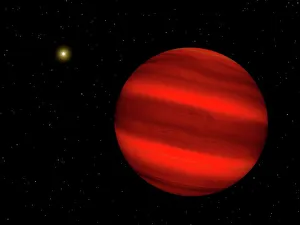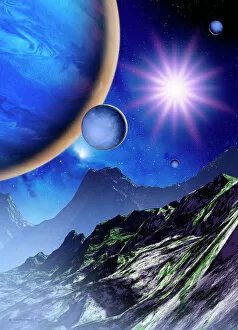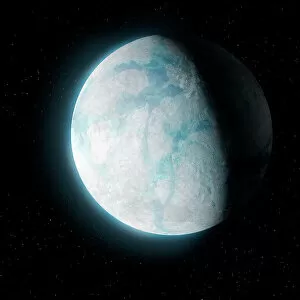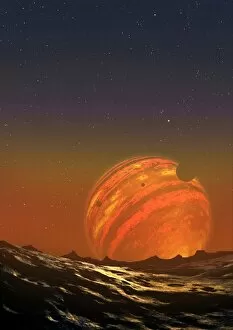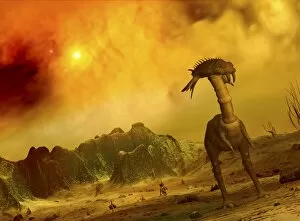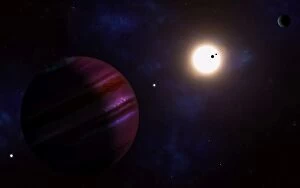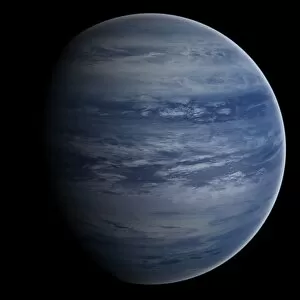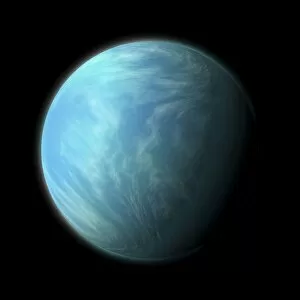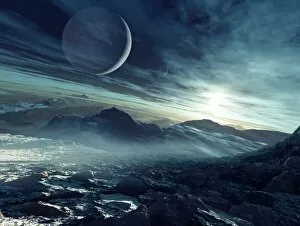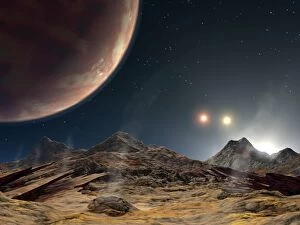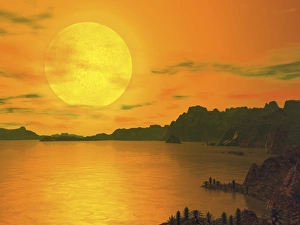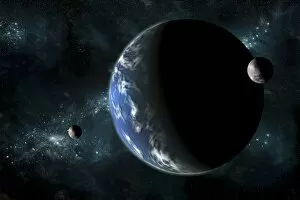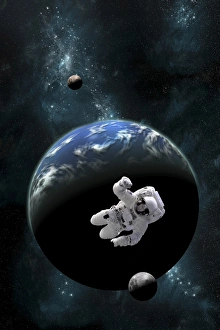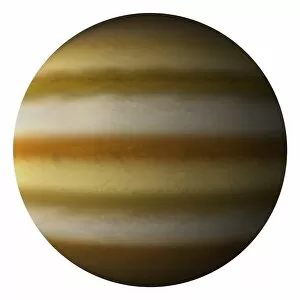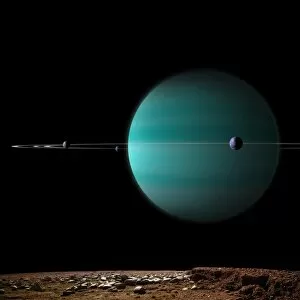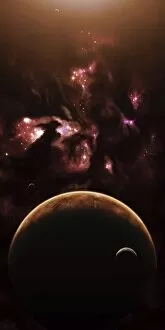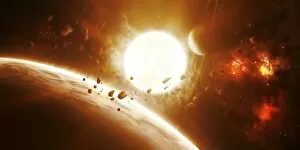Exoplanet Collection
"Exploring the Unknown: A Glimpse into Exoplanets" The Kepler Mission space telescope has revolutionized our understanding of the universe
All Professionally Made to Order for Quick Shipping
"Exploring the Unknown: A Glimpse into Exoplanets" The Kepler Mission space telescope has revolutionized our understanding of the universe, allowing us to discover countless exoplanets beyond our solar system. (Artwork) Kepler-10b, an exoplanet discovered by the mission, captivates with its fiery nature and proximity to its host star. (Artwork) Witnessing an alien planet and its moon gracefully orbiting a red giant star is a humbling reminder of the vastness of our galaxy. (Artwork) Through stunning artwork, we can visualize two Saturn-sized planets found by Kepler, expanding our knowledge of planetary diversity in distant systems. Enter Kepler-22b – an exoplanet that sparks curiosity as scientists speculate about its potential habitability amidst its unique environment. (Artwork C013 / 9945) An astronaut's perspective on a barren planet after being marooned reminds us of both the dangers and wonders awaiting exploration in distant realms. Behold an Earth-like planet depicted through captivating artwork; it ignites hope for finding life beyond our own blue oasis in space. Epsilon Eridani unveils a Jupiter-mass planet encircling it closely – shedding light on nearby celestial neighbors with intriguing possibilities for further study. Artists' concept envisions Epsilon Eridani as a possible habitable world - beckoning us to ponder if other civilizations may exist within this cosmic realm. One among several planets orbiting 70 Virginis emerges as a super-Jupiter, challenging conventional notions and pushing boundaries in planetary classification. The mesmerizing artwork showcasing the Kepler-35 planetary system invites us to explore intricate dynamics between multiple worlds dancing around their shared sun. (C015 / 0790)

